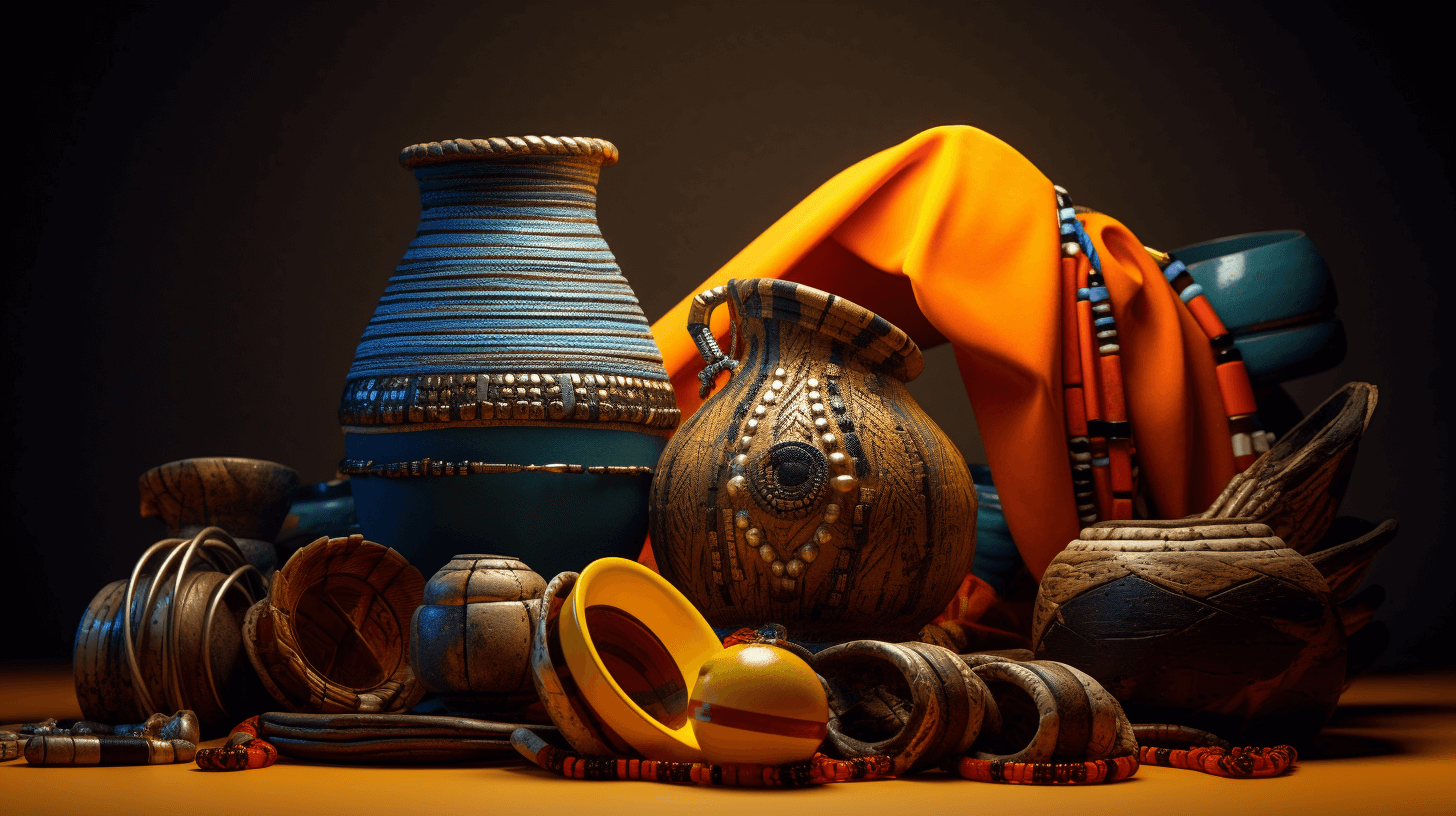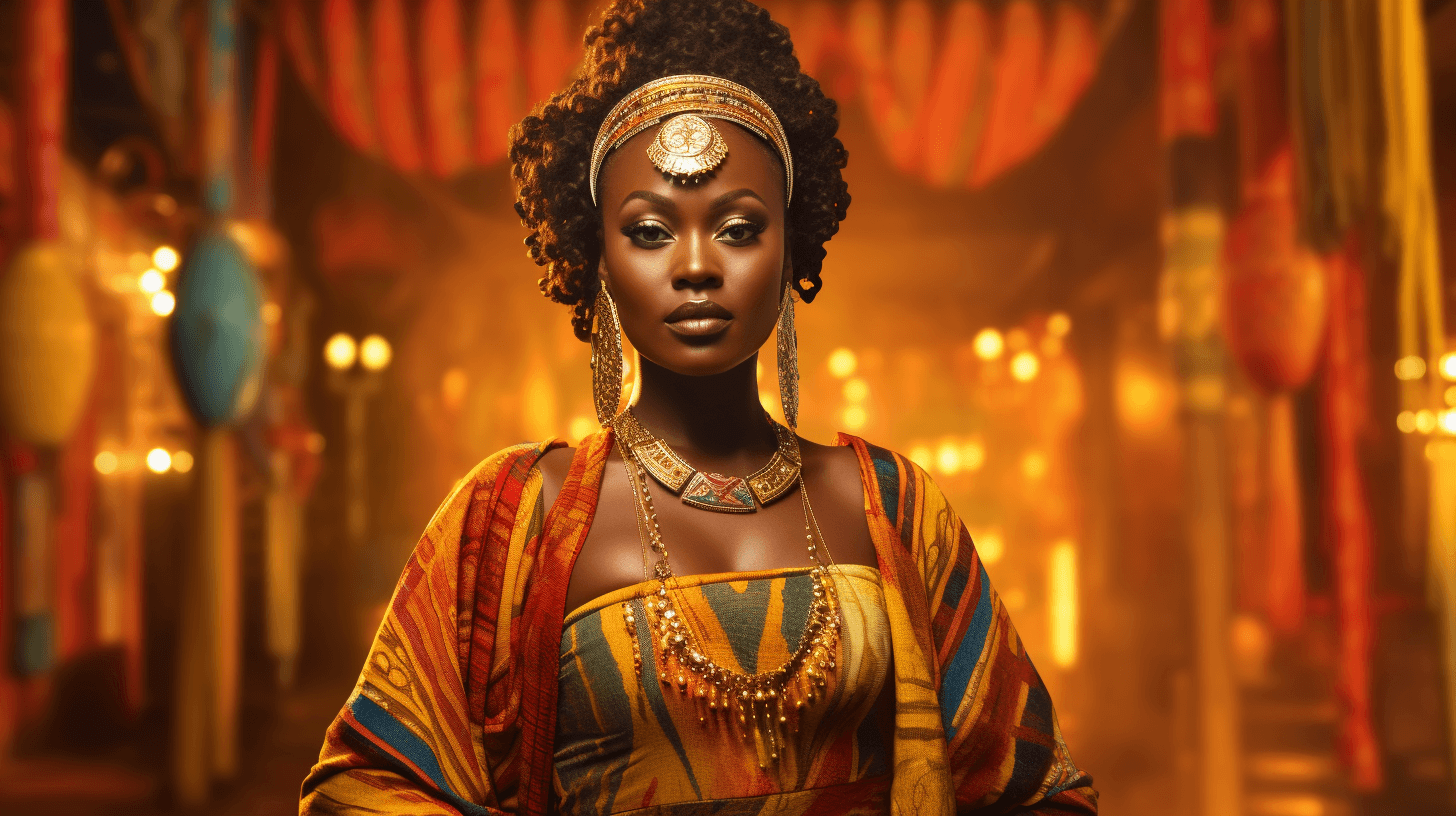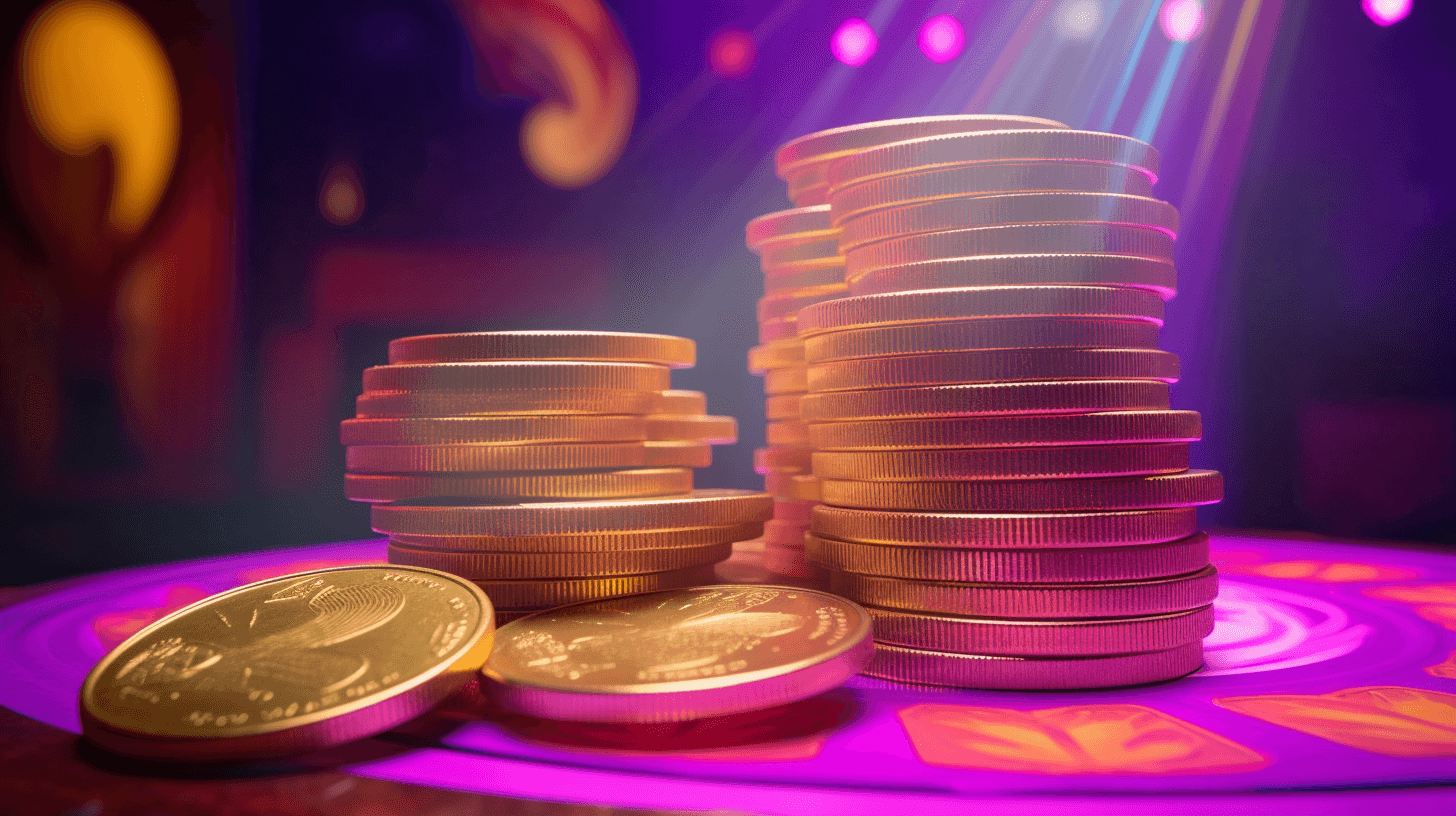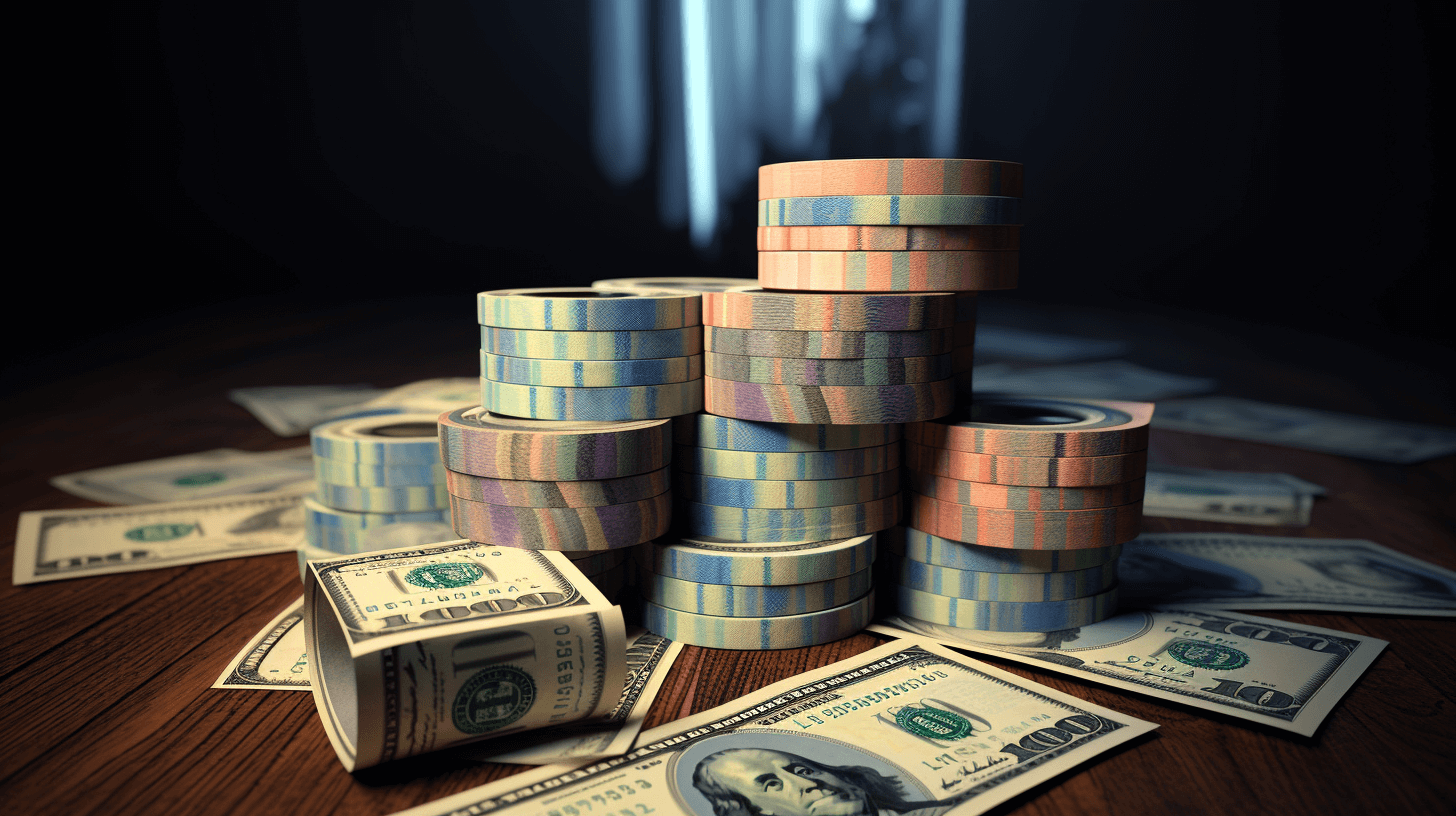🗿✈️🇰🇪 Da Kine Artifacts Loo-Loo From Kenya Long Time Ago, Brah, Dem Stay Makin’ Da Trip Back Home
⬇️ Pidgin | ⬇️ ⬇️ English
Back in da 80s, dem vigango statues, ho, sacred kine wooden memorials, dey was all stolen from Kenya. People went sell ’em to art guys, den ended up in da tourist shops and museums. 🎭🌍🖼️
Nowadays, da big kahunas from da Illinois State Museum and some odda museums and univahsities goin’ take one trip to Nairobi dis week. Dey goin’ have one special party fo’ bring back da vigango to da National Museums of Kenya. 🏛️🎉🇰🇪
Da vigango, dey can stand tall like seven feet, right in front da house fo’ remembah one old man from da Mijikenda group who wen’ die. Dey nevah supposed to move ’em. 🏡⚰️🗿
Brooke Morgan, one lady who know plenty about anthropology at da museum, she wen’ say, “Dese kine tings, dey sacred, yeah? Dey part of da people who wen’ make ’em. If you take da vigango from da real owners, da whole community goin’ feel pilikia.” 🏺🔍👥
Da people from da Mijikenda community, dey respect da vigango. If something bad happen like sick, no rain, or da crops no grow, dey tink it’s ’cause da vigango stay gone, said Linda Giles, one professor who wen’ learn plenty about da Mijikenda and odda groups near da beach. 🌱🌧️🌾
Plenty museums around da world still get stolen stuff, even though had one UNESCO agreement in 1970 fo’ stop da illegal kine trading of sacred tings, and more people understanding dat gotta bring back da artifacts to da original country. 🏛️🌎⚖️
Even den, mo’ and mo’ museums stay starting da long journey to give back da tings dey took. Cuz if not, get plenny kine talk stink about dem. 🗣️🔁📦
Veronica Waweru, one tita who teach African studies at Yale and one archaeologist working in Kenya, she say, “If you no see da kine thing, you goin’ forget ’em. Gotta keep da culture alive. If not, da culture goin’ disappear.” 🏺🔎🇰🇪
And dis why da curators like Dr. Morgan from da Illinois State Museum believe gotta bring back da artifacts. “We no more da right fo’ keep ’em,” said Dr. Morgan, who was part of da group dat wen’ bring back da vigango. “Dey represent one spirit.” 👻✨🗿
Even aftah museums decide fo’ bring back da artifacts, get plenty red tape, Dr. Morgan said. When Dr. Morgan started working at da Illinois State Museum in 2018, dey told her, gotta bring back da statues. But dey had to wait, cuz da people who going get ’em gotta pay big bucks. Dey tax da artifacts when dey enter da country cuz dey considered art. 🏛️💰🎨
Dr. Morgan wen’ look at da Denver Museum of Nature and Science for learn how fo’ do ’em, cuz dey was already few years into da process for return about 30 vigango. Da people who going get ’em would have had to pay $40,000 import tariff, da Colorado NPR station KUNC wen’ report in 2020. 💸🗿📰
In June 2022, da Illinois museum wen’ bring back 37 vigango aftah two years of planning and talking story, and aftah dey wen’ manage to make da fee small kine for da memorials, which was taxed as cultural artifacts instead of as art. 🗿⏳💸
For now, da National Museums of Kenya going hold on to da statues cuz not clear who really owns ’em, Dr. Morgan said. Da National Museums of Kenya nevah yet answer any questions about ’em. 🏛️🗿💬
Real hard for find out who da artifacts belonged to befo’ dey wen’ take ’em, Dr. Giles said.
In 2003, Dr. Giles and Monica Udvardy, one researcher at da University of Kentucky, dey wen’ track down more than 300 vigango to American museums, Dr. Giles said. Dey found even more aftah dat. 🕵️♀️🔎🗿
Dr. Giles wen’ say she happy for see more museums giving back artifacts to their home countries.
“Take choke time, but catching wind,” she said. “Museums realizing, dey not supposed to have dese kine tings.” 🌬️🔄🗿”
NOW IN ENGLISH
🗿✈️🇰🇪 Return Journey for Treasures Swiped from Kenya Decades Ago
In the 1980s, vigango – sacred wooden memorial statues – were stolen from Kenya. These treasures were sold to art dealers, ultimately finding their way into tourist shops and museums. 🎭🌍🖼️
Presently, authorities from the Illinois State Museum along with other museums and universities are planning a visit to Nairobi this week. They are set to participate in a ceremony celebrating the return of the vigango to the National Museums of Kenya. 🏛️🎉🇰🇪
Standing as tall as seven feet, the vigango were traditionally placed in front of homes in remembrance of a deceased male elder of the Mijikenda community. They were never intended to be moved. 🏡⚰️🗿
“These objects hold sacred value, intrinsic to the people who crafted them,” stated Brooke Morgan, a museum anthropology curator. “Removing vigango from their rightful owners compromises the spiritual health of the entire community.” 🏺🔍👥
The Mijikenda community holds these statues in high regard. Instances of illness, drought, or crop failure are often linked to the absence of these statues, according to Linda Giles, a former anthropology professor at Illinois State University with expertise in the Mijikenda and other coastal communities. 🌱🌧️🌾
Despite a 1970 UNESCO agreement designed to halt the illicit trade of cultural artifacts and growing awareness of repatriation, many global museums continue to display stolen items. 🏛️🌎⚖️
However, the importance of repatriation is increasingly under discussion. Institutions yet to repatriate their artifacts are facing more scrutiny, prompting more of them to initiate the lengthy process of return. 🗣️🔄📦
Taking artifacts is the starting point of erasing a country’s religion and culture, shared Veronica Waweru, a lecturer in African studies at Yale who’s also an archaeologist conducting fieldwork in Kenya. “If an artifact is out of sight, it’s likely to be out of mind,” Dr. Waweru explained. “Culture must be sustained. If it’s neither created nor maintained, it’s lost.” 🏺🔎🇰🇪
This crucial connection between the sacred and the communities is why curators like Dr. Morgan of the Illinois State Museum advocate for the return of artifacts. “We simply don’t have the right to possess them,” declared Dr. Morgan, who was part of the team returning the vigango. “They are representative of a spirit.” 👻✨🗿
Even after museums decide to repatriate artifacts, they must navigate a great deal of bureaucratic obstacles to do so, Dr. Morgan pointed out. When she began her tenure at the Illinois State Museum in 2018, repatriating the statues was flagged as a priority. But progress was initially stalled because the prospective recipients would be burdened with high fees. These artifacts are subject to taxation upon entering the country as they are considered works of art. 🏛️💰🎨
Dr. Morgan referred to the Denver Museum of Nature and Science for guidance, as they were several years into the process of returning about 30 vigango from their own collection. This meant the recipient would have to face a $40,000 import tariff, as reported by the Colorado NPR station KUNC in 2020. 💸🗿📰
In June 2022, the Illinois museum successfully repatriated 37 vigango after two years of planning and coordinating. This was possible once they managed to secure a significantly reduced fee for the memorials, which were taxed as cultural artifacts rather than as art. 🗿⏳💸
The National Museums of Kenya will, for now, keep the statues, as it’s unclear who specifically owns them, according to Dr. Morgan. The National Museums of Kenya has yet to respond to requests for comment. 🏛️🗿💬
Identifying who owned the artifacts before they were taken is often a challenging task, Dr. Giles mentioned.
In 2003, Dr. Giles, along with Monica Udvardy, a researcher at the University of Kentucky, tracked over 300 vigango to American museums, Dr. Giles shared. More have been discovered since then. 🕵️♀️🔎🗿
Dr. Giles conveyed her optimism about seeing more museums return artifacts to their home countries.
“It takes time, but it’s gaining momentum,” she expressed. “Museums are realizing they shouldn’t possess these items.” 🌬️🔄🗿”







